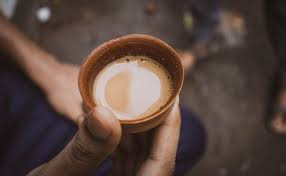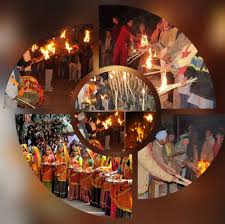
With the approach of festivals, sale of fake goods is also seen in the market. In such a situation, the market of fake sweets flourishes in a big festival like Diwali (Diwali 2024). Nowadays you will find most of the things adulterated in the market. This thing becomes quite common during festivals.
Especially sweets are adulterated during festivals. Be it big shops or local shops, you can find adulterated sweets everywhere. In such a situation, if you want to avoid these adulterated sweets, then check the sweets before taking them. Today we are going to tell you about these methods by which you can differentiate between real and fake sweets.
Identification of adulterated and fake sweets
You can also fall ill by eating adulterated sweets on Diwali. Sweets are adulterated with its ingredients. Mawa, milk, silver work, oil, ghee and sugar are used while making sweets. Adulteration is done in these only. For example, some shopkeepers add aluminium to the silver work. Colour, urea and even washing powder is mixed in milk. Arrowroot and refined flour are used for mawa and fat is mixed in ghee for adulteration.
Identify by the colour of the sweets
Colourful sweets are sold during festivals. In such a case, harmful colours are mixed in them. In such a case, avoid buying sweets with colours. If you are still buying colourful sweets, take a piece of it in your hand and check. If you feel colour on your hand, then understand that too much colour has been mixed in the sweet.
Adulterated mawa
If you are buying sweets made of mawa, then it can be found out whether it is adulterated or not by a simple test. For this, put two drops of iodine. If the colour turns black, then understand that it has been adulterated. Apart from this, if khoya is not smooth but grainy, then it can also be adulterated.
Identifying fake work
Fake work is applied on sweets for adulteration. To identify it, you have to burn the work on the sweets. If the work is real, it will turn into a small ball. If it is fake, the work will turn grey.
Identifying stale sweets
Due to the increased demand for sweets on Diwali, they start being made several days in advance. In such a situation, while buying sweets, check whether the sweets are stale or old. You can do this by tasting them. Bad, smelly or hard sweets are all the symptoms of old and stale sweets. For sweets with saffron, check by dipping water in it. If color comes out, understand that it is color.






